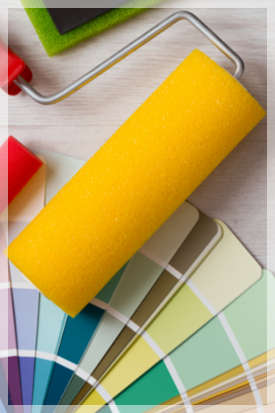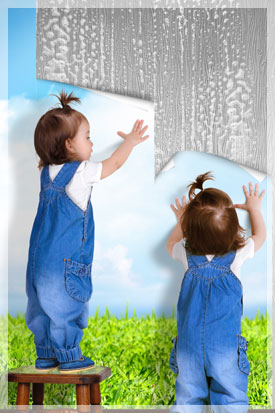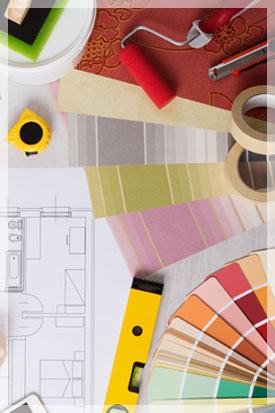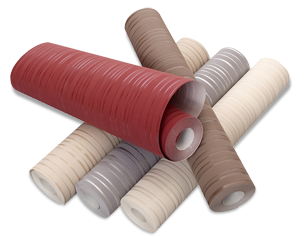Choosing the Right Wallpaper for Your Office
 When decorating a home, you have some degree of freedom. If you’ll be reselling in the future, you may be more cautious about wallpaper patterns but overall, your home is your space to play with.
When decorating a home, you have some degree of freedom. If you’ll be reselling in the future, you may be more cautious about wallpaper patterns but overall, your home is your space to play with.
On the other hand, decorating an office can be more restricting. You must consider how the atmosphere will feel to your employees and clients, as well as accurately represent your brand. This will vary depending on your industry, but most businesses want to be seen as professional.
What should you consider before putting up new wallpaper in your office building?
Why Choose Wallpaper?
You may be wondering why a business owner would choose wallpaper over paint. First off, wallpaper tends to last longer – often 15 years or more. Also, there are more patterns, textures and colors to choose from. Modern wallpaper is made from easy-to-clean material as well, so you don’t have to worry about bringing out the soapy water and sponge.
What Should You Avoid?
More choices can come with more challenges. With paint, a business owner can simply avoid harsh colors and be safe with their decision. When it comes to wallpaper, you must consider how color, pattern and texture impact your existing décor and the space altogether.
As mentioned, most offices want to look professional to their current and potential clientele. However, a modern company may want to go beyond “simple.” For example, if you run a creative ad agency, bright colors could work for your walls. Yet, it’s important to still be cautious of how your appearance is perceived. Keep the following tips in mind:

 You’ve decided to update the interior rooms of your home or office, but face an important question: paint or wallpaper? There are pros and cons to each, depending on how the space is used and the atmosphere you want to create. We offer four tips to help make your decision easier.
You’ve decided to update the interior rooms of your home or office, but face an important question: paint or wallpaper? There are pros and cons to each, depending on how the space is used and the atmosphere you want to create. We offer four tips to help make your decision easier. Wallpaper removal and installation come with multiple risks: damaging the wall and surrounding light fixtures, not having sheets line up and ending up with an uneven surface. So, instead of making this a DIY project, why should you get the professionals involved?
Wallpaper removal and installation come with multiple risks: damaging the wall and surrounding light fixtures, not having sheets line up and ending up with an uneven surface. So, instead of making this a DIY project, why should you get the professionals involved? Any homeowner wanting to change the appearance of a room has to decide between wallpaper and paint. Both have significant transformative qualities; however, each has its pros and cons.
Any homeowner wanting to change the appearance of a room has to decide between wallpaper and paint. Both have significant transformative qualities; however, each has its pros and cons. You’ve thought about giving your home’s interior a do-over. Economically, wallpaper gives the greatest impact. Yet, you’re dealing with some exposed brick and other textured surfaces, and you’re wondering if this is a good choice.
You’ve thought about giving your home’s interior a do-over. Economically, wallpaper gives the greatest impact. Yet, you’re dealing with some exposed brick and other textured surfaces, and you’re wondering if this is a good choice.